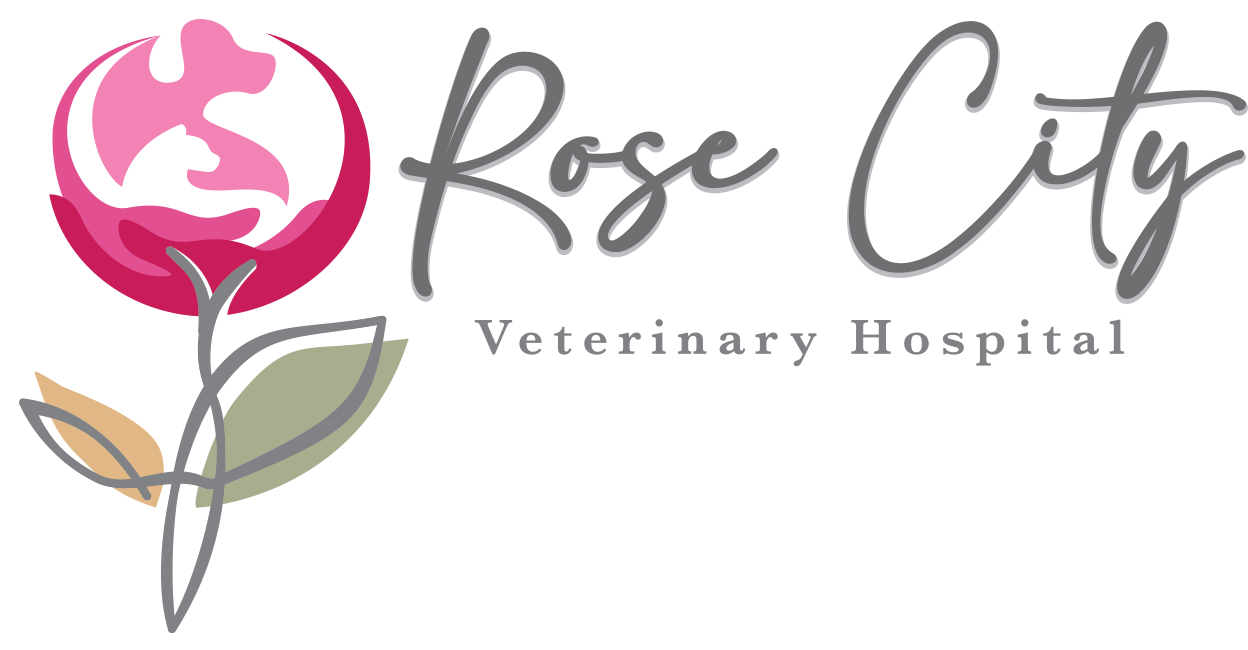Library
-
Capillaria is a small internal parasite, often less than half of a centimeter in length. They are closely related to intestinal worms, though they can live in a variety of locations within the body. Diagnosis can be difficult because the eggs of Capillaria are shed only on an intermittent basis. While the parasite is easily eliminated with a dewormer, your dog may require additional medications to decrease the inflammation associated with the infection.
-
COVID-19 is a viral respiratory disease of humans that was first discovered in late 2019. The illness is caused by the virus SARS-CoV-2, which is a new coronavirus that has not previously been identified in humans. Certain animals can be infected by the COVID-19 virus, but it appears to be infrequent. Dogs and cats seldom show severe clinical illness if infected with COVID-19.
-
Cat bites can be dangerous both to other animals and to humans. All cats carry bacteria in their mouths that can cause tissue infections in bite wounds. These bites may lead to serious conditions such as cellulitis and/or septicemia. Immediately wash your wound and contact a physician as soon as possible to have the wound properly treated.
-
Cat scratch disease (CSD) is caused by the bacteria Bartonella that is transmitted by cat fleas and other biting insects. Cats act as reservoirs for the bacteria. Humans are exposed to the bacteria through flea feces that contaminate skin lesions or eyes. Signs include fever, lethargy, enlarged lymph nodes, and lesions on the eye and skin. The disease is usually self-limiting; however, some people will require antibiotics, especially if they are immunocompromised. Tests are available for diagnosis in humans as well as in cats. The most important ways you can prevent CSD include strict flea control, good hygiene, keeping your cat indoors, and keeping your cat's nails trimmed.
-
This handout summarizes Chagas disease in dogs. Caused by a protozoal parasite called Trypanosoma cruzi, it is spread by the bite of infected insects or ingestion of infected insects and rodents. The clinical signs of the condition, along with its treatment, prevention, and risk to human health are outlined.
-
The birth of a baby or the adoption of a new child can be associated with both excitement and stress. It is important to prepare your pet for the new addition. Before the baby arrives, introduce novel sounds and scents, and be sure your pet has access to safe resting spaces. Socialize your young pet to children from the start. Children should be directly supervised by an adult when they interact with pets.
-
Chlamydial conjunctivitis in cats is highly contagious and can look similar to herpes conjunctivitis. Young cats and kittens are especially vulnerable to this infection, although chlamydia can be detected in cats of all ages. It is one of the most common causes of infectious conjunctivitis in cats. This handout describes the clinical signs and how this condition can be treated or prevented.
-
Chlamydiosis (psittacosis, parrot fever, ornithosis) is a common disease of birds caused by a bacterial organism called Chlamydia psittaci. Birds with chlamydiosis exhibit a decreased appetite, weight loss, lethargy, diarrhea, nasal or ocular discharge, a fluffed-up appearance, and breathing difficulties. Testing and treatment are discussed. Chlamydiosis is a zoonotic disease, meaning that it can be passed to humans, so all new pet birds should be tested for this disease.
-
Cidofovir ophthalmic is a topical antiviral medication used to treat viral eye infections, such as feline herpesvirus-1, in cats. This medication must be compounded by a veterinarian or veterinary pharmacy before use in cats. Side effects may include a mild stinging sensation or redness of the eyes. Pregnant women should not handle this medication.
-
Coccidia are single-celled organisms that can act as a parasite after infecting your cat through the gastrointestinal tract. The most common form affecting cats, Isospora, is not a concern for infecting people, unlike Toxoplasma. They are highly resistant to environmental conditions, so cleanliness is important to prevent re-infection. Treatment is often simple with the appropriate antibiotics prescribed by your veterinarian.



